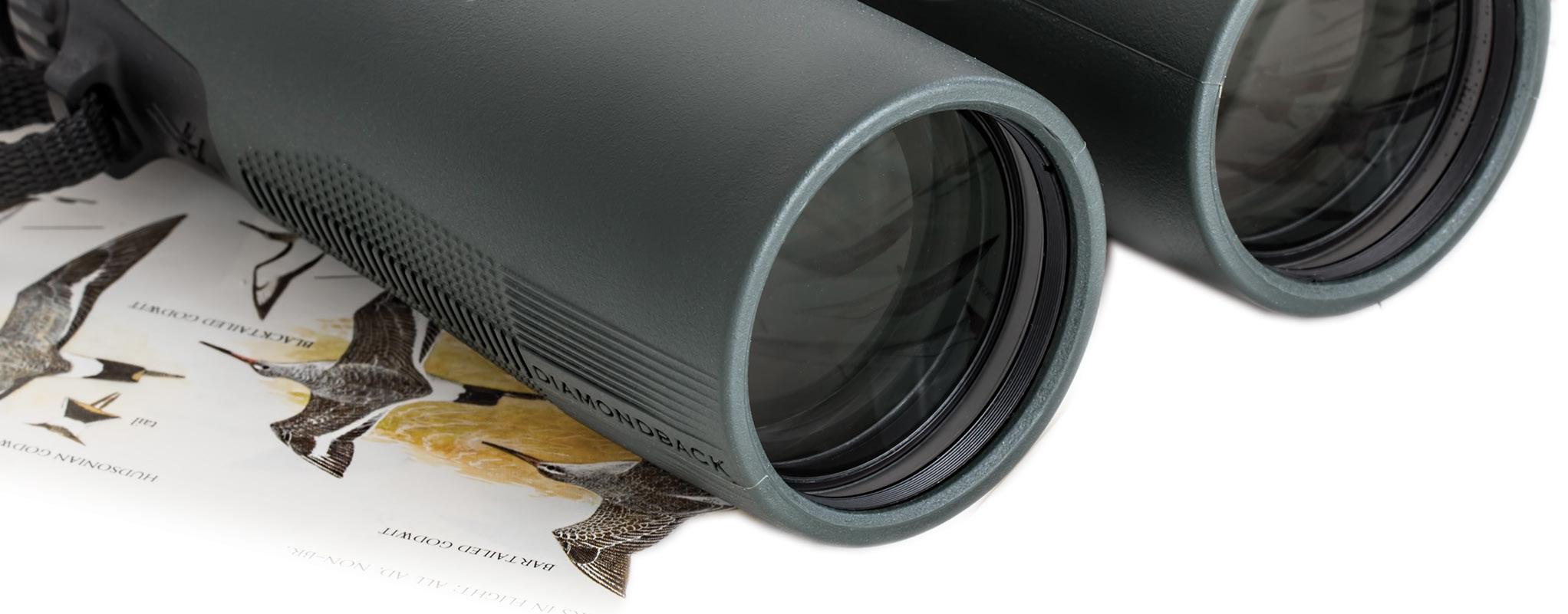
3 minute read
Go Birding
I saw IT! ☑
Florida's Treasure Coast is home to a multitude of bird species and part of the Great Florida Birding and Wildlife Trail. Birding is fun! Use this handy checklist to learn about and keep track of birds that you are certain to see while exploring the area.
Advertisement
Roseate Spoonbill
Sometimes mistaken for a flamingo, this gregarious wading bird is easily recognized for its bright pink plumage and big spoon shaped bill. There is a growing population of these beauties on the Treasure Coast due to rising water levels in the Everglades. Best seen around inland freshwater wetlands.
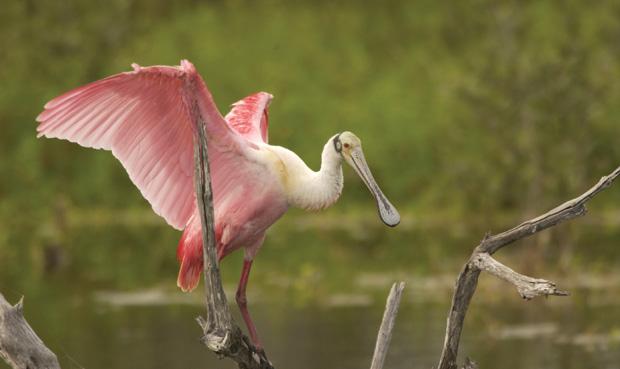
Snail Kite
This medium-sized bird of prey feeds almost exclusively on apple snails and, in the U.S., is found only in Florida. The species is locally endangered due to prolonged drought which affects its primary food source. Lucky observers may get a glimpse at inland marshlands and lakes.
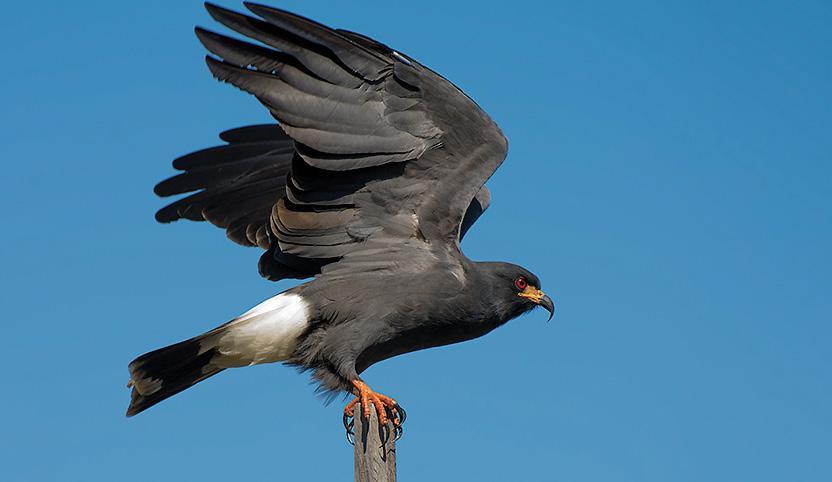
Wood Stork
This hefty wading bird sports a football shaped body, scaly featherless head and long curved bill that are dead giveaways to its Jurassic ancestry. Their plumage is mostly white with black tail and wing feathers. They roost in trees and hang out around brackish wetlands, ponds and lakes.
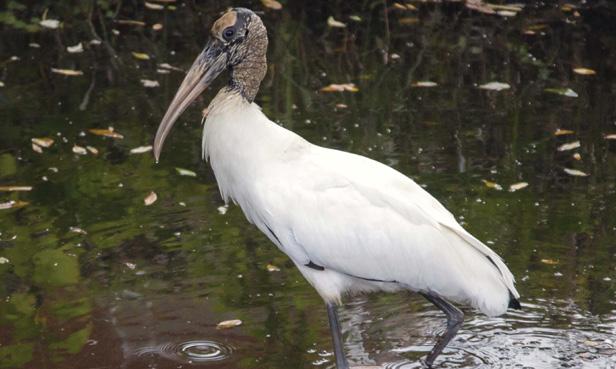
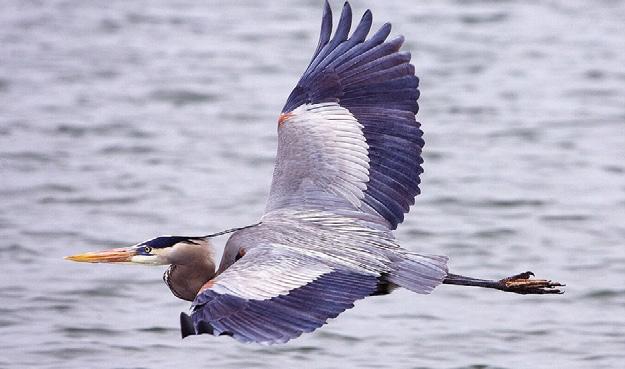
Great Blue Heron
The largest of the North American Herons. At an average of four feet tall with a wingspan of around six feet, they are magnificent to see in flight. Named for their blue-gray plumage they have yellow bills and black head feathers. They adapt to both salt and freshwater environments and are abundant along the Indian River Lagoon.
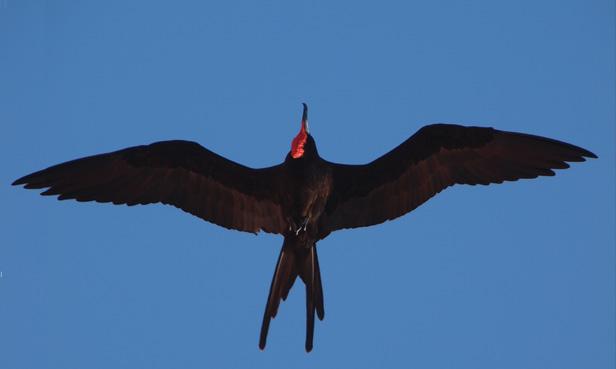
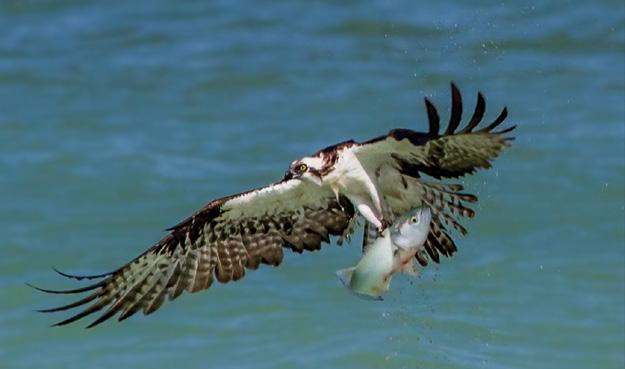
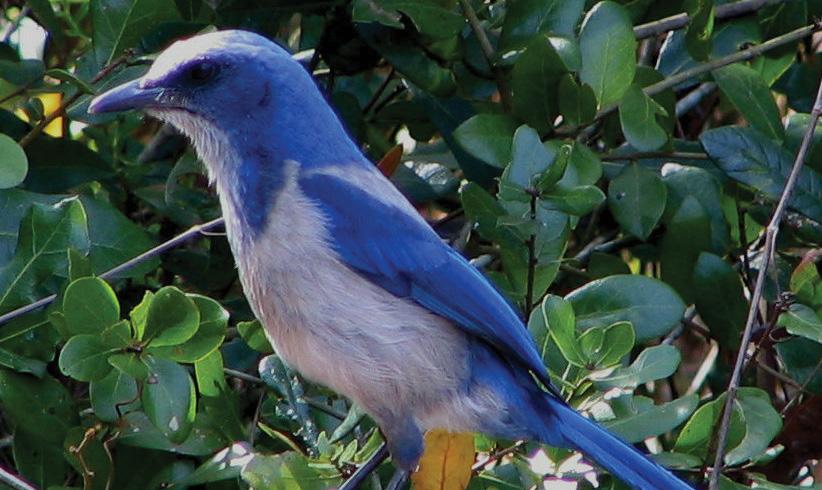
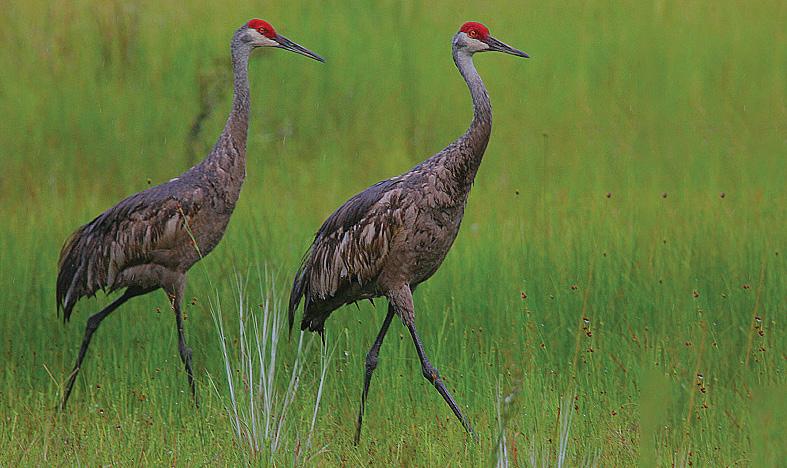

Florida is home to two species of these enormous cranes which stand around four feet tall. The Greater visits from the north in the winter and the Lesser is a year-round resident. Almost always seen in pairs, they are gray in color with dark red crowns. Residents stick mostly around freshwater ponds and lakes.
Osprey
These large raptors can look like juvenile bald eagles with their white bellies and variegated brown underwings. They're actually a hawk found around salt water and feed primarily on fish which can commonly be seen clutched in their talons. Their nests are big stick structures often built on poles, channel markers and dead trees over open water.
Florida Scrub-Jay
Endangered, it’s the only species of bird endemic to the state of Florida. There are only about 4,000 individuals left due to habitat loss. Scrub-jays exist in unique patches of Florida scrub that have been destroyed by development. Scrub-jays are cooperative breeders, meaning offspring receive care from their parents and other group members.
Magnificent Frigate Bird
These enormous seabirds have forked tails and soar effortlessly, rarely flapping their wings. They are distinguished as winged pirates for their feeding behavior. Instead of diving for fish, they skim the surface and grab prey but they also practice “kleptoparasitism,” meaning that they steal prey from other birds mid-flight!
For more InFormaTIon abouT bIrDIng anD LocaL wILDLIFe we recommenD:
Great Florida Birding and Wildlife Trail: A guide to the network of 510 premier wildlife viewing sites across the state of Florida. www.floridabirdingtrail.com Audubon: Whether you're a beginner looking through your first pair of binoculars or an experienced birder in search of identification tips, it’s all there. www.audubon.org Pelican Island Audubon Society: A local organization providing classes, field trips and educational programs. www.pelicanislandaudubon.org Pelican Island Preservation Society: Another local organization dedicated to the preservation of Pelican Island, the nation’s first National Wildlife Refuge. www.firstrefuge.org









